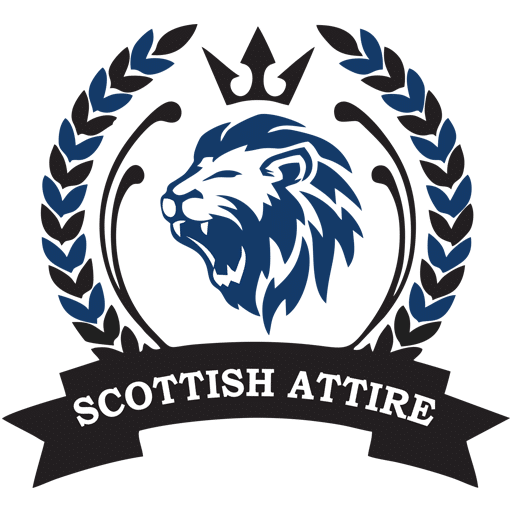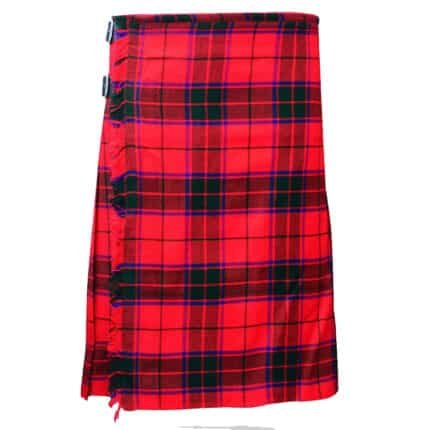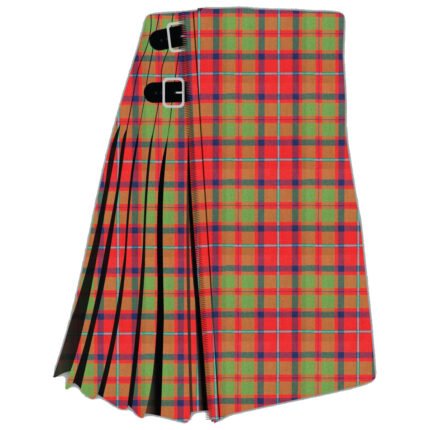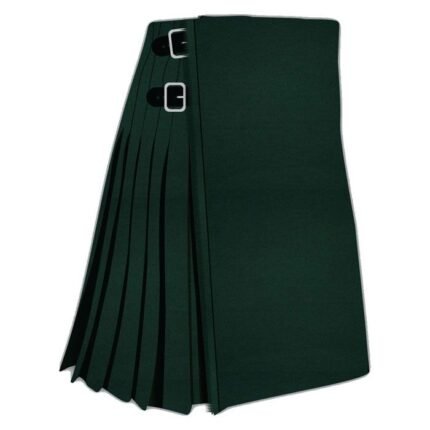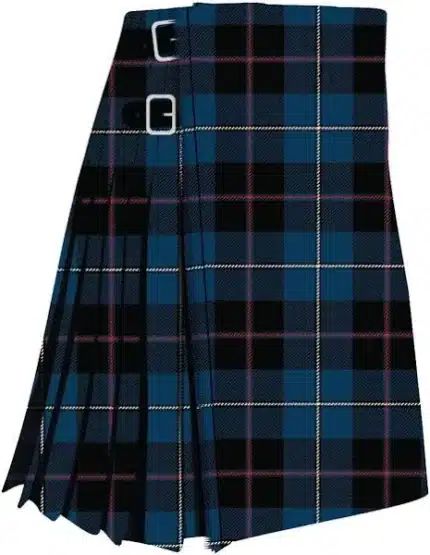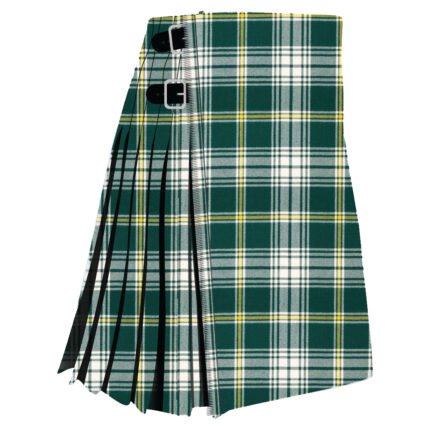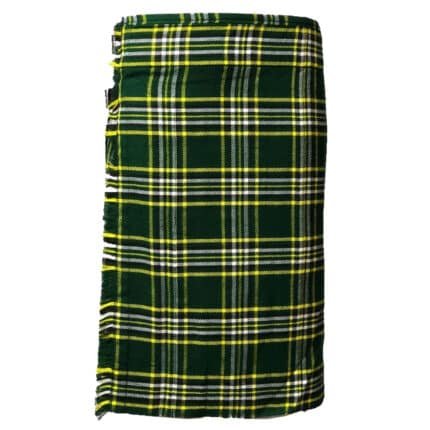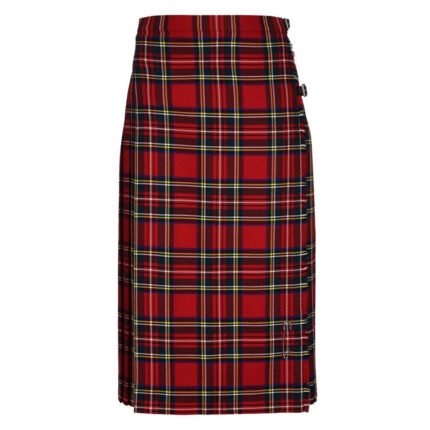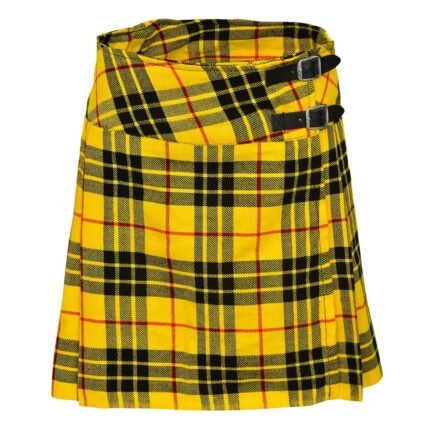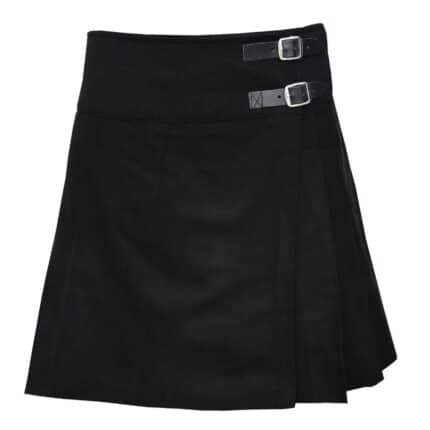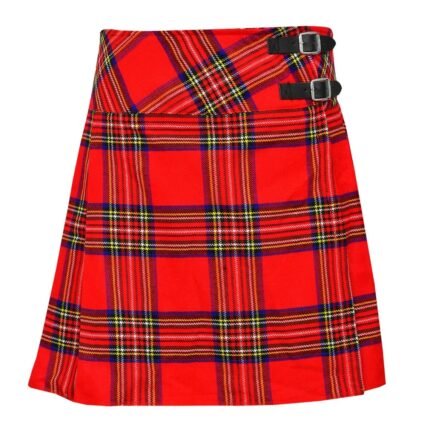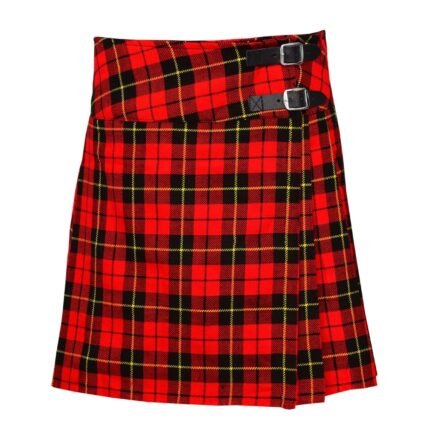April 6th is Tartan Day, as you may or may not know. Celebrate your Scottish roots with Tartan Day, which falls on the Declaration of Arbroath’s signing anniversary. It is seen all around the world. In honor of the occasion, this blog article will examine the development of tartan from Roman Britain to the modern era. Tartan is a patterned fabric composed of interlocking colors. In the US, the name “plaid,” from the Gaelic word meaning blanket, also refers to tartan. These stripes extend to the left and right, up and down. Also known as a sett. This phrase can also refer to how this checkered pattern is portrayed in different media.
Is Tartan Made in Scotland?
Tartan clothing is frequently connected to Scottish ancestry. But tartan-style textiles have been discovered worldwide, most notably in the mummy of a man whose DNA was European found in a Bronze Age tomb in western China and in archeological sites in central Europe. This implies historical east-west trading networks and connections. Britain’s earliest known form of tartan fabric was discovered in the third century AD. It was found in Stirlingshire’s Falkirk. It has a straightforward check pattern thought to have been made by the aboriginal inhabitants of Britain. About 230 AD, the cloth was buried with more than 2,000 Roman coins inside the mouth of the pot.
When was the first time Tartans were associated with particular clans?
The association of tartans with particular clans or families is a relatively recent development in the history of the fabric. The seventeenth-century Highland attire is a clear example of this. Every tartan pattern is interchangeable with other weavers and is hand-woven using natural colors. Highlanders frequently incorporated many tartan patterns into their clothing.
By the eighteenth century, tartan cloth had become strongly linked with Highland culture. By the mid-1800s, tartan had become so strongly associated with the Jacobite cause that, after the Battle of Culloden (1746), the British authorities excluded it from the Act of Proscription. The British army’s Highland regiments were the only ones permitted to wear tartan.
The 1782 Act
The Act was revoked in 1782. By then, most of a generation’s knowledge and expertise had been lost, and commercial weavers like William Wilson & Sons had taken over large-scale tartan manufacture. From 1810 until 1820, Wilson was the British Highland regiments’ only source of tartan. He started looking for samples of Highland cloth and eventually collected more than 200 designs, all presently housed in Glasgow’s Mitchell Library. Initially, a number was allocated to each pattern to help identify it from other patterns. But Wilson & Sons began naming their towns, regions, and Highland clans.
This could have been the cause of people starting to think that tartans represented certain clans. George IV, the first reigning monarch to visit the city in over 170 years, traveled to Edinburgh in 1822. Clan chiefs were advised to wear their “proper” tartan and participate in Sir Walter Scott’s festivities. Some hurried to invent them as a result. After the visit, several books about tartans were released. This resulted in a “tartan obsession,” which Queen Victoria’s love of the fabric further served to feed.
See Our Tartan Kilt Shop
-
Scottish Rose Tartan kilt
Original price was: $99.00.$89.00Current price is: $89.00. -
Shaw Of Tordarroch Ancient Tartan Kilt
Original price was: $99.00.$89.00Current price is: $89.00. -
Solid Black Tartan Kilt
Original price was: $99.00.$89.00Current price is: $89.00. -
Solid Green Tartan Kilt
Original price was: $99.00.$89.00Current price is: $89.00. -
Sorbie Tartan Kilt
Original price was: $129.00.$99.00Current price is: $99.00. -
Spirit of Scotland Tartan Kilt
Original price was: $99.00.$89.00Current price is: $89.00. -
Spirit of the Highlander Tartan Kilt
Original price was: $99.00.$89.00Current price is: $89.00. -
St Patrick Irish Tartan Kilt
Original price was: $99.00.$89.00Current price is: $89.00. -
St. Patrick Tartan Kilt
Original price was: $99.00.$89.00Current price is: $89.00.
Tartan Kilts for Women
-
Ladies Royal Stewart Tartan Kilt Skirt
Original price was: $140.00.$120.00Current price is: $120.00. -
MacDonald Tartan Skirt
Original price was: $70.00.$57.00Current price is: $57.00. -
Mackenzie Women Tartan Skirt
Original price was: $70.00.$57.00Current price is: $57.00. -
Macleod of Lewis Tartan Skirt
Original price was: $70.00.$57.00Current price is: $57.00. -
Plain Black Women Tartan Skirt
Original price was: $70.00.$57.00Current price is: $57.00. -
Pride of Scotland Tartan Skirt
Original price was: $70.00.$57.00Current price is: $57.00. -
Royal Stewart Tartan Skirt
Original price was: $70.00.$57.00Current price is: $57.00. -
Scottish Rose Tartan Skirt
Original price was: $70.00.$57.00Current price is: $57.00. -
Wallace Tartan Skirt
Original price was: $70.00.$57.00Current price is: $57.00.
Conclusion
Even with the royal seal of approval, tartan continues to have a rebellious appeal. It is being embraced globally by fashion designers such as Vivienne Westwood and Alexander McQueen, as well as punk and youth countercultures. All patterns must be registered in the Scottish Register of Tartans in Edinburgh. Not only are the patterns named after certain clans but also for nations such as Jamaica and Hello Kitty. This illustrates the classic charm of this vintage fabric.

